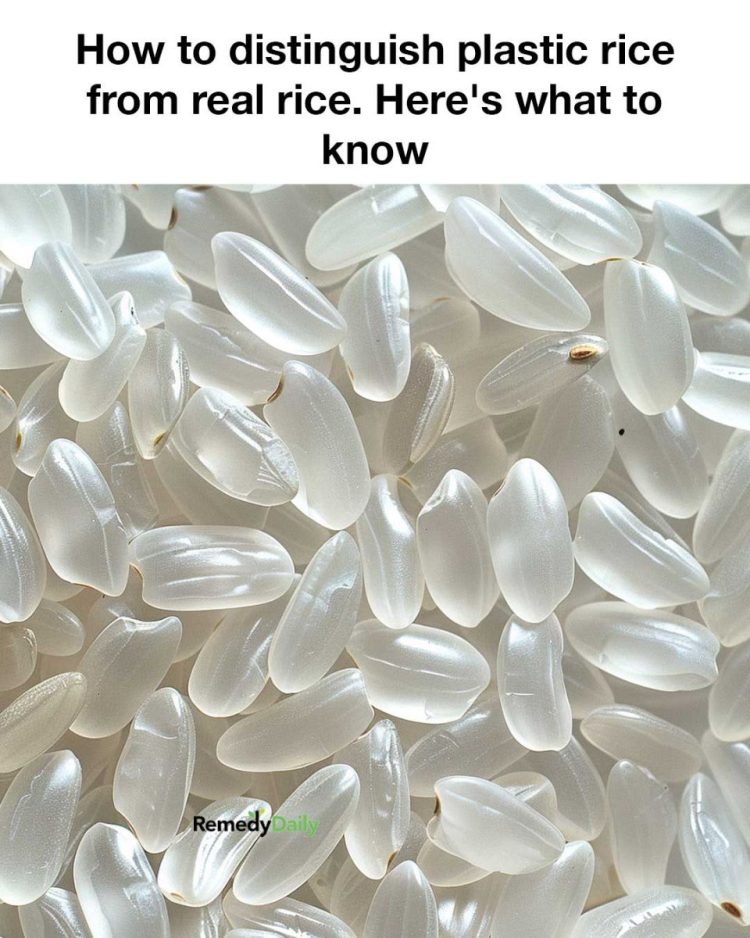One of the simplest methods to test for plastic rice is the water test. Real rice is denser than water and will typically sink when placed in a glass of water. In contrast, plastic rice, being less dense, may float or remain suspended.
To perform this test, fill a glass with water and add a handful of rice. Stir the rice gently and observe the behavior of the grains. If a significant portion of the rice floats, it may indicate the presence of plastic rice.
5. The Heat Test: Observing Melting Behavior
The heat test involves applying heat to a small sample of rice to observe its reaction. Real rice will not melt when exposed to heat, whereas plastic rice may begin to melt or emit a plastic-like odor.
To conduct this test, place a small amount of rice in a frying pan over medium heat. Watch for any signs of melting or unusual smells. If the rice begins to melt or produces a synthetic odor, it may be an indication of plastic rice.
6. The Boiling Test: Watching for Unusual Reactions
During the boiling test, you cook the rice as you normally would and observe any unusual reactions. Real rice will cook uniformly, while plastic rice may exhibit strange behaviors such as clumping or forming a thick layer on the surface.
Boil a small batch of rice and pay attention to its texture and appearance. If the rice does not cook evenly or forms a gelatinous layer, it could be a sign of plastic rice contamination.
7. The Mold Test: Checking for Natural Decay
The mold test relies on the natural decay process to identify plastic rice. Real rice, being organic, will eventually develop mold when stored in a warm, moist environment, whereas plastic rice will not.
To perform this test, place a small amount of cooked rice in a sealed container and store it in a warm place for a few days. Check for signs of mold growth. If the rice remains unchanged, it may indicate the presence of plastic rice.
8. The Fire Test: Detecting Synthetic Smell
The fire test involves burning a small sample of rice to detect any synthetic odors. Real rice will burn with a natural smell, while plastic rice may emit a chemical or plastic-like odor.
To conduct this test, take a few grains of rice and carefully burn them using a lighter or match. Observe the smell produced during burning. A synthetic or chemical odor could suggest the presence of plastic rice.
9. Popular Viral Hacks for Identifying Plastic Rice
Several viral hacks have circulated online, claiming to help identify plastic rice. These include methods such as crushing the rice to check for a powdery residue or using iodine to test for starch content.
While some of these hacks may offer insights, they are not always reliable. It’s important to use a combination of tests and trust reputable sources to ensure the authenticity of your rice.
10. Expert Tips for Buying Authentic Rice
Experts recommend purchasing rice from reputable brands and trusted retailers to reduce the risk of encountering plastic rice. Look for certifications and quality seals on packaging that indicate authenticity and adherence to safety standards.
Additionally, buying rice in its whole grain form rather than pre-processed or instant varieties can help ensure its authenticity. Whole grain rice is less likely to be tampered with compared to processed products.
11. What to Do If You Suspect Plastic Rice
If you suspect that you have purchased plastic rice, it’s important to report it to the relevant authorities or consumer protection agencies. They can investigate and take action to prevent further distribution of counterfeit products.In the meantime, avoid consuming the suspected rice and consider switching to a different brand or retailer. Sharing your experience with others can also raise awareness and help prevent similar incidents in the future.

How to distinguish plastic rice from real rice. Here’s what to know.
ADVERTISEMENT
For Complete Cooking STEPS Please Head On Over To Next Page Or Open button (>) and don’t forget to SHARE with your Facebook friends
ADVERTISEMENT